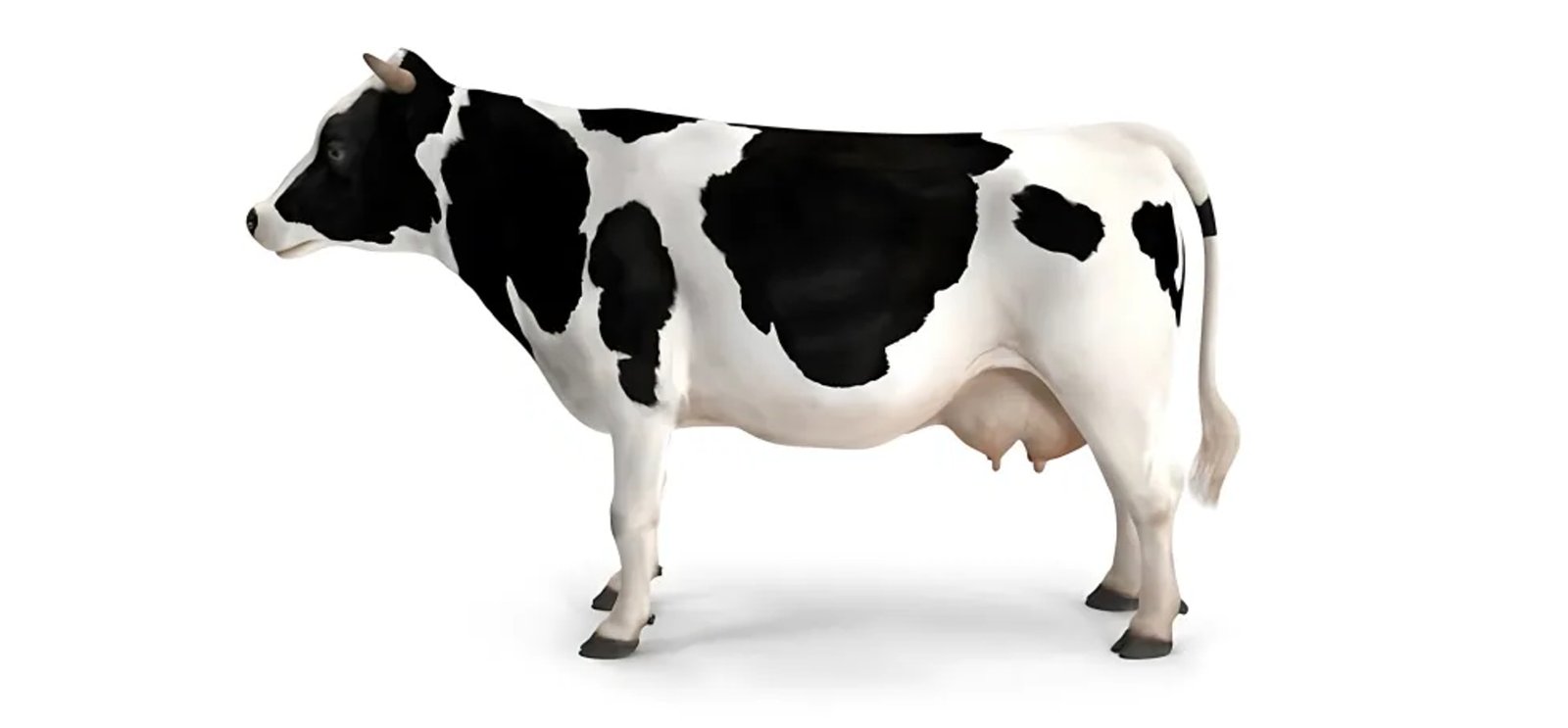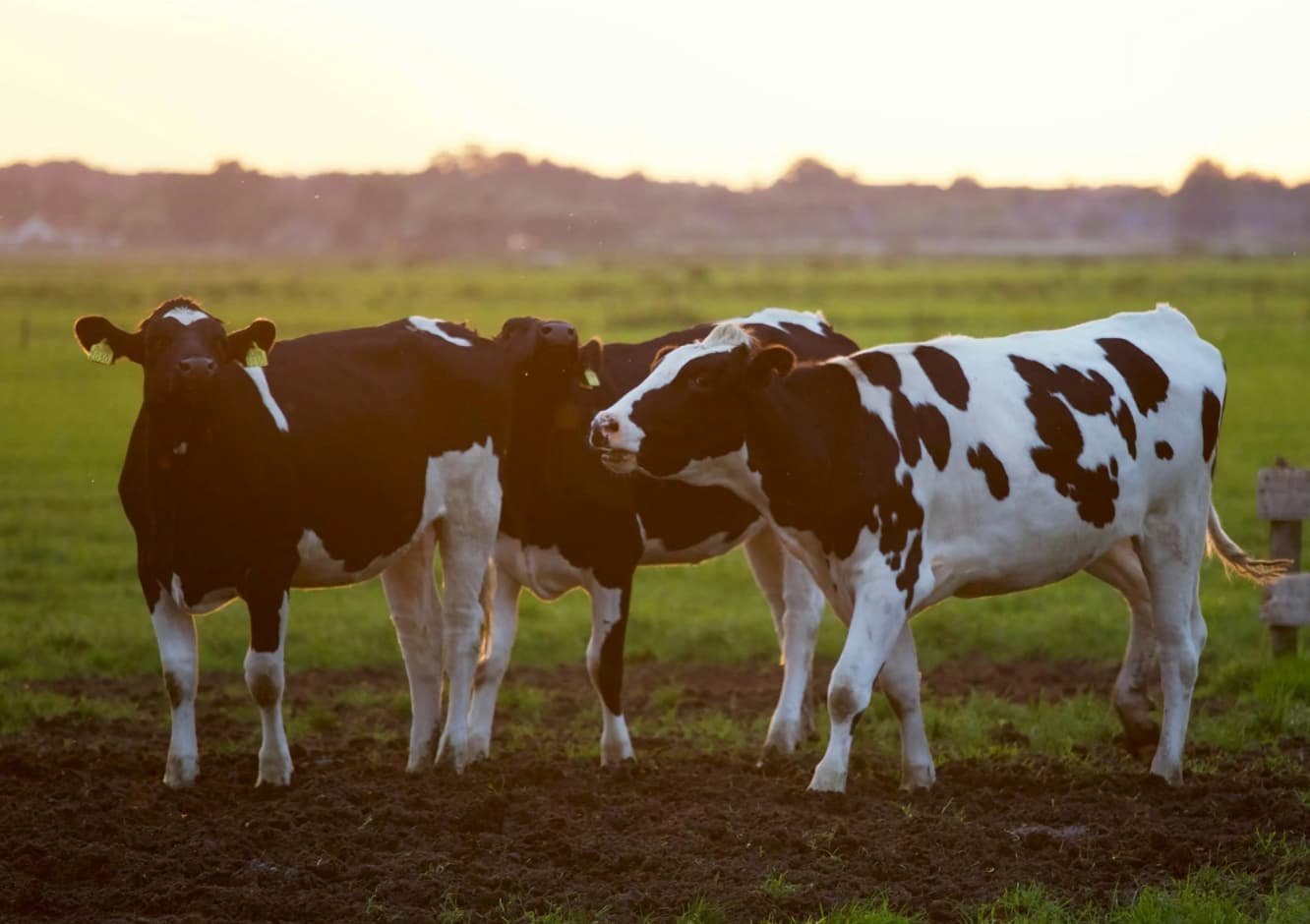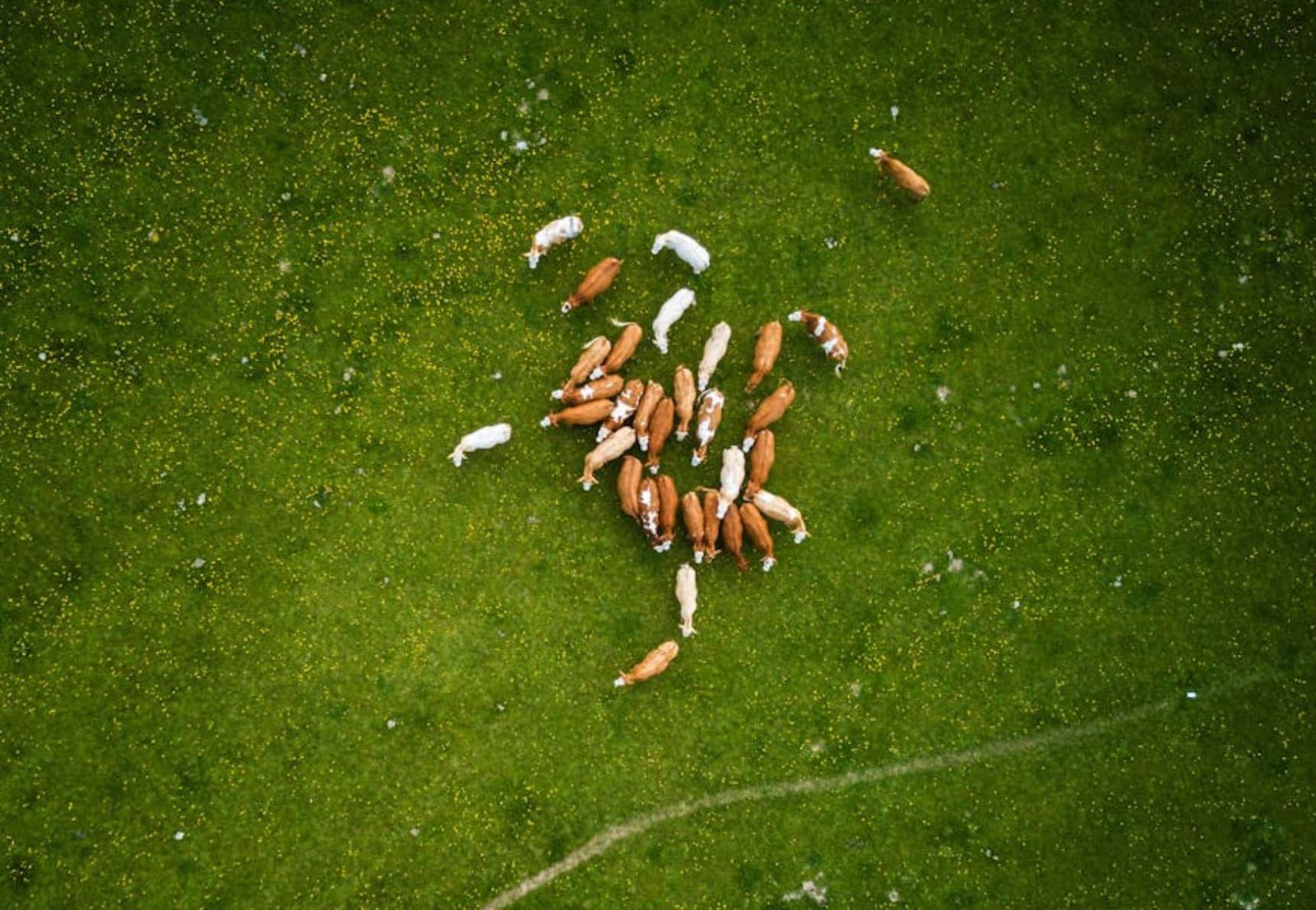CONTENT
Selection of a Dairy Animal: Cow or Buffalo
The selection of a dairy animal is a critical decision for any dairy farmer aiming for profitable milk production. A dairy cow at its first appearance looks extremely angular and carries no surplus flesh and it should have extraordinary development of udder and milk vein. The barrel (body) development should be marked in proportion to the size of the animal.
The dairy conformation signifies that appearance which indicates a tendency to produce milk rather than body fat. The body of the dairy cow should be angular in shape as viewed from the front, the side and over the top or withers.
How to Select a High-Yield Dairy Cow or Buffalo?
The angularity of the body is referred as the three wedges. The top and bottom lines, if extended (imaginary) will be in front of the head forming the first wedge. When viewed from the front, the two lines over the shoulder should meet at withers. The third wedge is the line drawn from the hook bones to the withers, with the apex at the withers.
In addition to the three wedges there should not be any excess fleshing and coarseness and all part should have clean cut. The back, hook and pin bones should be prominent and free from coarseness.

The neck should be long, slender and neatly joined with head and shoulder.
The side lines drawn on a good beef animal are parallel. On a dairy animal they form a wedge. The dairy animal should have thin and incurving thighs but in beef animal it is thick and well rounded.
Pin bone should be slightly lower than hip bone, slight or moderate slope from hip to pin is associated with less calving difficulty and reproductive disorders.
Dairy Temperament
Dairy temperament is a natural characteristic that a cow has a tendency to fatten during the period towards the end of lactation and when she is dry. But this surplus fat is usually lost during the first three or four weeks after calving. A good dairy cow does not fatten with any ration during the best part of her milking period. This quality of a dairy cow is called as dairy temperament. This mean cow is endowed by nature with strong stimulation to produce milk, and uses, practically all the nutrients she can digest for milk production. A dairy cow should not be sluggish and too nervous.
Development of Barrel
High yielding dairy cow must have a capacity to utilize an enormous quantity of feed. This results in the development of a large barrel. The ribs should be wellsprung, far apart and slanted towards rear.
The ability to lay three fingers of hand between the ribs is an accepted measure. An animal lacking in barrel capacity cannot use sufficient feed to be a large producer. In considering barrel development of a cow the depth is more important than the width. The depth should be viewed from the side and the width from behind. Some animals show a great depth, but on account of being too narrow have no more real feed capacity.
A largest heart girth is usually assumed to indicate a large capacity of heart and lungs. All milk comes from blood; hence the circulation of blood in the udder is great importance. About 1818 liters of blood must pass through the udder for every 4.5 litres of milk produced. Two external pubic arteries supply blood to udder.
The Milk Vein and Milk Well
The blood after supplying the nutrient for milk synthesis starts back towards the heart thought the milk veins. One of these opens on either side of the front line of udder attachment to the body and passes forward just beneath the skin.
These veins crook back and forth and finally pass upwards through one or more opening the wall of the abdomen into the body cavity. The portion of the vein from the udder to the opening through which they passes into the body cavity is known as milk vein and the opening through which they passes into the body cavity is called the milk well.
The larger and tortuous vein indicates the greater capacity of the cow for circulation and production of maximum milk. The milk vein is prominent only during lactation but the size of milk well remains practically constant after the cow is once mature. Therefore, the size of milk well is a better indication than the milk vein, since it is more reliable in all stages of production.
The Udder
The udder must be large enough to make and hold milk that is produced. Cow with small udder cannot be high producers. The udder is composed of glandular secreting tissues, ducts, storage reservoirs and connective tissues. The connective tissue tends to give the udder a hard texture, while the ducts and reservoirs produce a soft texture. Large udder consisting of connective tissue in excess are hard to touch and of poor quality.
Good quality udders “shrink” after milking, while poor quality udders under go very little changes in size and shape after milking. The udder should be long and wide with a level udder floor. The teats should be of convenient sizes and placed squarely on the udder. The skin should be soft, pliable and veins prominent.
Other features like wide muzzle and open nostrils, prominent, bright active eyes; long, lean neck; prominent and strong back bone; roomy pelvic region with hip and pin bones wide apart; thighs thin and incurving with plenty of room for udder development.
Basis of Selecting Dairy Cows
In addition to type and general appearance which form one basis for selection of dairy cows, the other important aspect in selecting dairy cows are the pedigree or record of the parents and performance record of producing individuals in milk and butter fat.
Production Record
Record of production offer the most reliable means of selecting profitable cows. But in countries where dairying is not so well developed there is no proper system of maintaining production record. In these cases, the prospective farmer will have to rely on the statement of the owner of the cow. Where properly maintained records are available (dairy co-operative society pass books) attention should be paid towards the conditions under which records are kept.
A good cow may yield low, if she is not properly fed and managed. Similarly, a poor cow may yield better if she is overfed. Therefore, while evaluating the production records, conditions of feeding and management of the cows should also be observed.
Pedigree
Pedigree is the ancestry of the individual and it is also a very good means of selecting dairy cattle. In the pedigree the parents are listed and the descendants are known as the progeny. Especially when the dairy bulls are selected pedigree is a very good mean.
Dairy Type Heifers
It is very difficult to predict with 100 percent accuracy the potential value of a heifer. A conformation of heifer indicates rather definitely the type of cow she will become. A heifer that is sharp and angular in form and displays quality and refinement is almost sure to develop into a useful cow. A heifer with a short, tight rib will grow into a cow deficient in body capacity. It is most difficult and uncertain in evaluating heifer udder.
The heifer udder should possess great width and a large number of loose folds which ensures plenty of room to permit uniform development. The teats should be spaced well apart, neatly and firmly set on to the udder floor. The floor of the udder should be level.
A good dairy heifer should have lengthy body, open in ribs, straight and strong in top line. The neck should be long and clean. Pin bone nearly level with the hip, tail head. The chest floor should be wide, capacious and deep in the middle. It should posses breed character and feminine refinement.
To evaluate a heifer correctly it is necessary to study her body conformation from three different views. Heifer’s side view can be determined by standing far enough away so that the entire heifer is in focus at one time. Her depth and length of body, her straightness of top line and her length and levelness of rump can also be studied from the side view.
From rear view the width of hips and pins, the straightness of the legs, the room between the hind legs for an udder and the rear udder can be studied best.
From the top view the sharpness of the shoulder, the fullness in the crops, and the spring of ribs can be noted.
Points While Selecting Buffaloes
- While purchasing buffaloes one must see all three wedges carefully. The teats should be cylindrical or conical. Bottle shaped teats should be avoided, they are prone to injury moreover such teats are not suitable for milking machine.
- Similarly, the udder should be globular or bucket shaped but should not be pendulous. The teats should not be too long as it indicates pulling of teat while milking which may be because of hard milking character.
- The buffalo should be milked and the milk should be measured at least for 3 milking. Morning, evening and morning should be considered. It should be seen whether the udder gets collapsed after milking and folds are visible on the rear quarters below vulva.
- The rear udder should reach the lower part of vulva covering the space between the legs above hocks. This is called as mirror of the milk. This should be broader and should not be tapering on the upper side.
- The type of milk flow will indicate whether the buffalo is easy or hard milkier. The flow should be thicker and faster.
- While purchasing the buffaloes always buy freshly calved buffaloes as far as possible below day 15 from the day of calving so that it is easy to record peak yield.
- Buffaloes (pluriparous) are prone for uterine prolapsed, hence the vulval lips and perennial region should be examined carefully for any wound or suture mark.
FAQs
Body angularity is an important trait in dairy animals and is often described using the concept of three wedges, which help assess the animal’s dairy conformation and potential milk production.
1. First Wedge: This wedge is visualized when extending the top and bottom lines of the animal’s body forward. These lines should ideally converge in front of the head, indicating a wedge-shaped body that narrows toward the front.
2. Second Wedge: Observed from the front view, this wedge is formed by the lines over both shoulders meeting at the withers. A prominent second wedge suggests good body capacity and structural soundness.
3. Third Wedge: Seen from the side, this wedge is created by drawing lines from the hook bones up to the withers, with the apex located at the withers. It reflects body depth and openness of structure—key indicators of a strong dairy frame.
These wedge formations collectively indicate a well-developed and angular dairy frame, which is often associated with high milk-producing cows or buffaloes. Animals displaying clear wedge-shaped conformation are generally more efficient converters of feed into milk.

